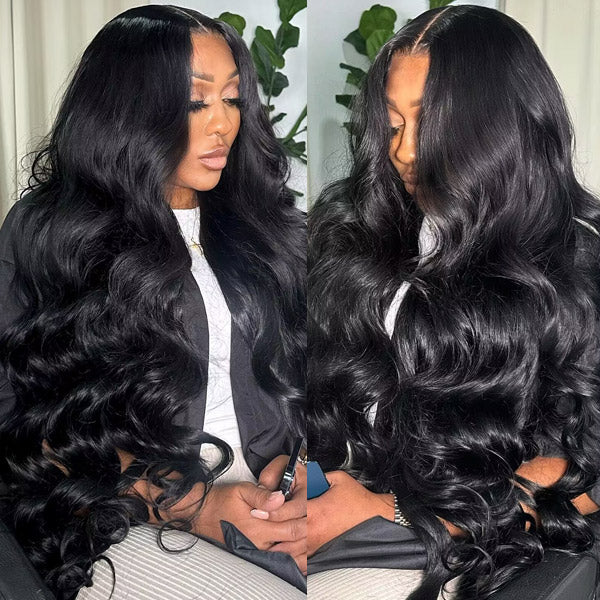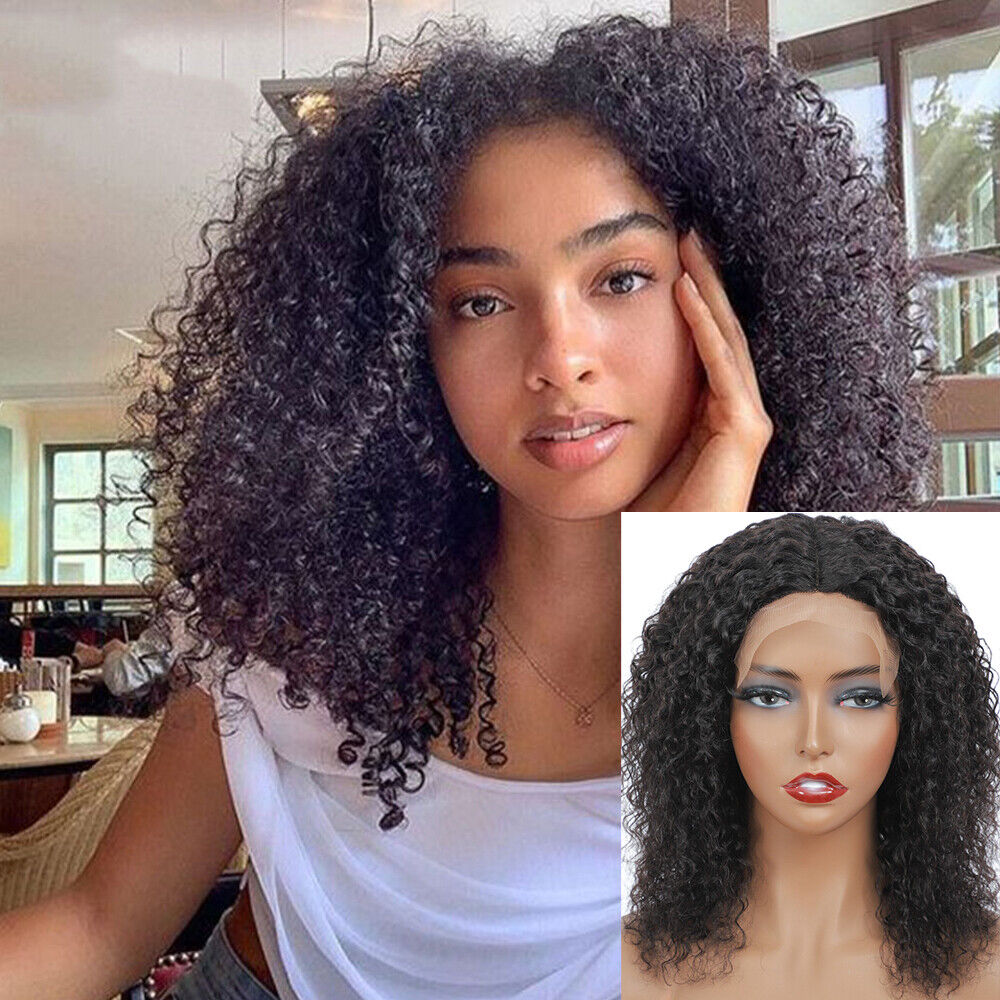
Guidelines for Trimming Curly Hair at Home in 2024
Preparing to Trim Your Curly Hair
Preparing to trim your curly hair requires attention to detail and the right tools. How to trim curly hair?Ensuring you have everything you need before starting will lead to better results and a more pleasant experience.
Choosing the Right Tools
Selecting appropriate tools is critical for a precise trim. Sharp hair shears designed specifically for cutting hair are essential. Avoid household scissors, as they can damage your curls. A wide-tooth comb and section clips are also necessary for handling and partitioning your hair.
The Importance of Good Lighting and Mirrors
Good lighting and clear mirrors are crucial. You’ll need to see your hair from all angles. Make sure you can access a large mirror and a hand-held one. A brightly lit space against a plain wall will help you evaluate the results accurately.
Understanding Curl Patterns and Dry Trimming
Understanding your curl pattern is key to a successful trim. Each curl behaves differently, so recognize the unique patterns and densities in your hair. Experts recommend trimming curly hair when it’s dry. This way, you can see how your curls naturally fall and avoid cutting too much.
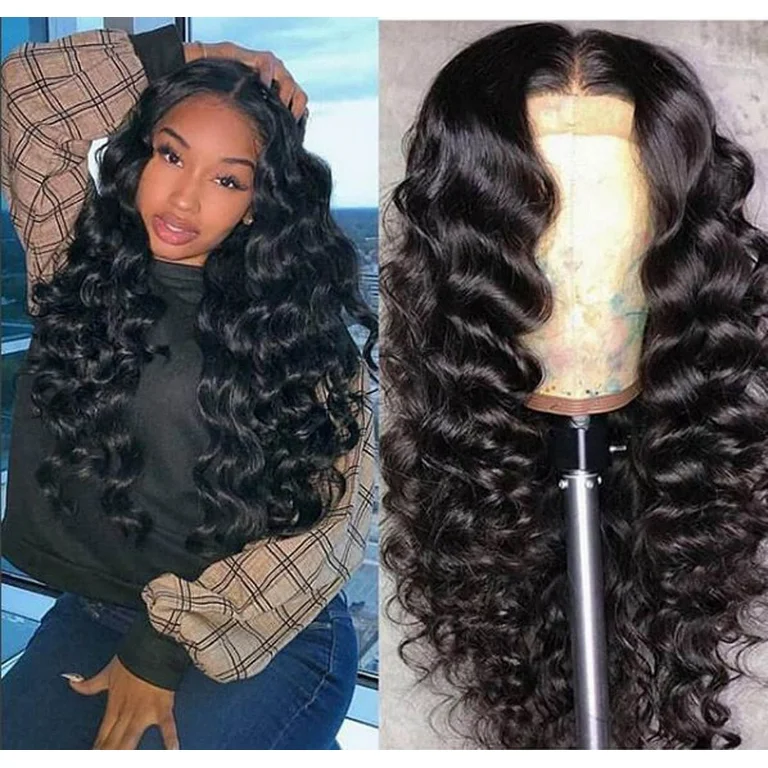
Step-by-Step Process for Trimming Curly Hair
Observing and Positioning the Hair
Start by observing your natural curl pattern. Do not wet your hair. How to trim curly hair? Dry curls show the true length and bounce. Tilt your head and let curls fall naturally. If long, pull forward like pigtails to see ends clearly.
Cutting Techniques: Curl by Curl vs. The Clock Method
Two methods dominate curly hair trimming. ‘Curl by Curl’ focuses on individual curls, snipping just the ends. ‘The Clock Method’ positions curls at imaginary clock points for even trimming. Use sharp shears for clean cuts. Take your time with each curl.
Working from Front to Back
Begin with the front curls, near your face. Trim them curl by curl. Slowly progress to the back, carefully checking each curl’s spring factor. Trim small sections at a time to prevent mistakes. Keep sections even and balanced.
Checking and Correcting the Shape
After cutting, shake your head to settle the curls. Use both mirrors to check the haircut from all angles. Look for any uneven areas. Make minor corrections if needed. Do not over-trim; a little goes a long way with curly hair.
Tips for Specific Curl Types
Adjusting Techniques for Different Curl Patterns
Every curl is unique. Recognize the pattern of each curl before trimming. Adjust your technique to match each pattern for the best results. How to trim curly hair? Tighter spirals may need smaller snips; looser waves can handle a more generous trim. Keep your cuts conservative to maintain the natural shape. Always follow the curl, never cutting straight across. This preserves the integrity and enhances the bounce of each curl.
Dealing with Different Curl Densities
Curl density varies from one head to another. Thicker density requires patience and more sectioning. Use clips to separate and manage your hair in sections. Thinner densities might seem easier but need precision to avoid gaps. Trim ends cautiously to avoid losing too much volume. For medium densities, aim for a balance. Combine careful sectioning with mindful trimming. This ensures an even, voluminous outcome. Remember, dealing with different densities is about preserving the hair’s natural fullness and avoiding thinning out your curls too much.
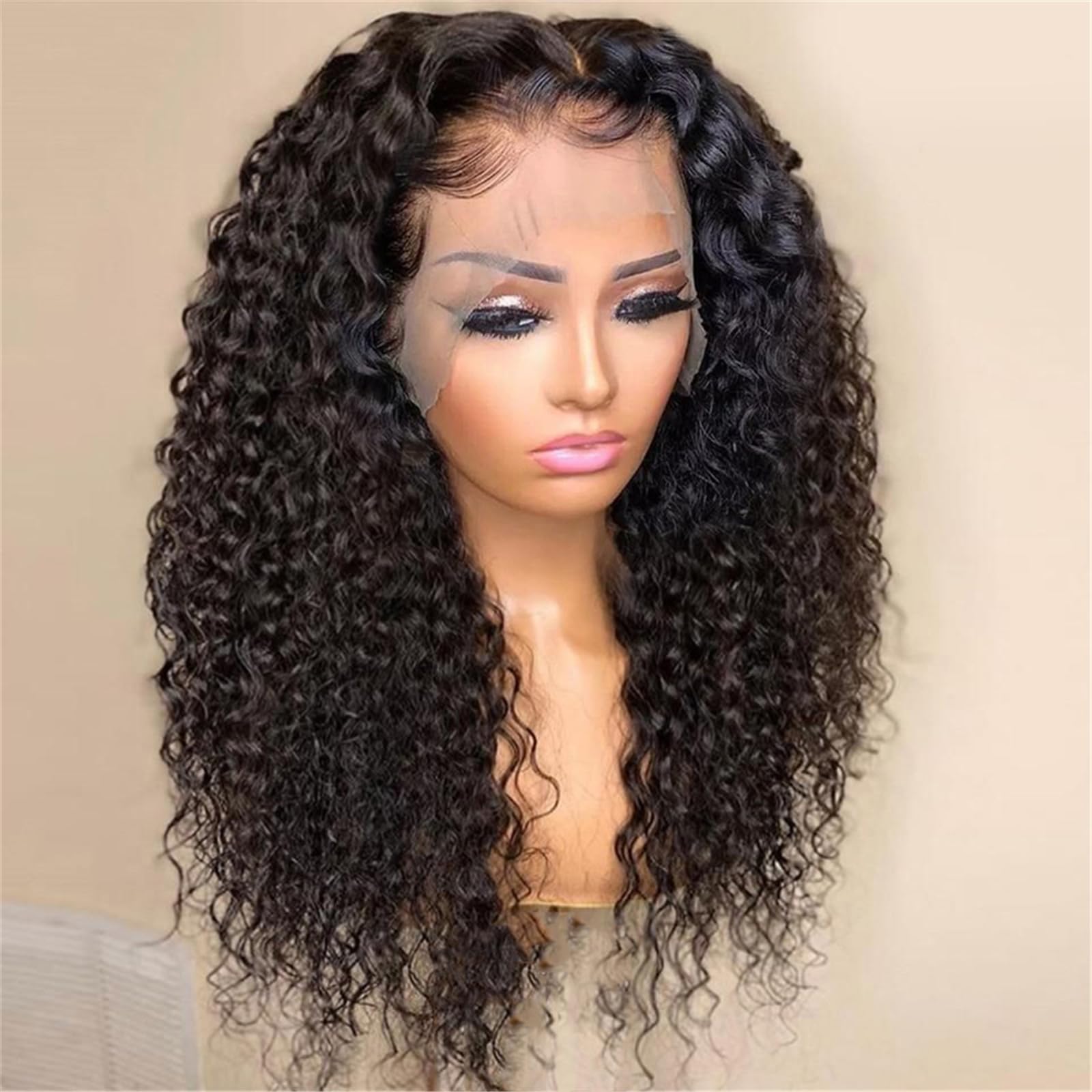
Common Mistakes to Avoid
When trimming curly hair at home, you need to steer clear of common pitfalls. These mistakes can lead to uneven cuts and damaged hair. Below, find ways to avoid these errors for a flawless trim.
Avoiding Wet Trims
Cutting curly hair while it’s wet is a mistake. Wet hair stretches and contracts differently than when it’s dry. This can lead to cutting off more than you intend. Always trim curls when they are dry to see their true length.
Preventing Over-trimming
It’s easy to cut too much, especially when you’re looking for perfection. To prevent over-trimming, cut less than you think you need. You can always trim more later, but once it’s gone, you can’t put it back.
Avoiding Uneven Sections
Uneven sections can ruin the look of your curly haircut. Use clips to section your hair properly. Make sure to cut each section evenly. Check your progress often, using both mirrors, to maintain evenness throughout.
Post-Trim Hair Care
Caring for your curly hair after a trim is crucial for maintaining healthy locks. Proper cleansing and styling techniques can greatly enhance the look and feel of your freshly trimmed curls. Here’s how to do it right.
Cleansing and Conditioning After Trimming
After you trim your curly hair, washing it is important. Use a shampoo made for curls. This will clean gently without drying. After shampooing, use a conditioner that hydrates. Apply it mostly to the ends. Let it sit for a few minutes before rinsing. This helps in keeping curls soft and strong.
Styling Curly Hair Post Trim
Styling your curls after trimming is fun. You can try new looks. Use products that define curls without heaviness. Creams or light gels work well. Apply these to damp hair. They will control frizz and add bounce. For best results, let your hair air dry. If you must use heat, pick a diffuser on low setting. This method helps keep the curls’ shape without damage.
Finding the Right Professional for Curly Trims
Finding a good professional for curly hair trims is vital. They understand how curls react and can provide the best cut for your hair’s unique pattern and texture. Regular visits to a specialist will keep your curls looking their best and help prevent damage.
The Benefits of Consistent Professional Trimming
Consistent trims by a professional can keep your curls healthy and prevent split ends. Regular trims can also help your curls maintain their shape and bounce. This means better-looking hair and easier styling.
What to Look for in a Curly Hair Specialist
When searching for a curly hair specialist, look for experience and knowledge. Check their reviews and portfolio for curly hair work. A specialist should ask about your hair routine and be willing to share tips. They should make you feel comfortable and confident in their skills.

Empowering Yourself to Trim Curly Hair
Gaining the confidence to trim your curly hair at home can be a real game-changer. It puts the power of maintenance directly in your hands. The skill comes with time, patience, and practice. Starting with the right mindset is key. Believe in your ability to learn and improve. Every cut can teach you something new about your curls.
Gaining Confidence in Home Trimming
Starting is often the hardest part. Begin by gathering all the right tools. This includes sharp hair shears, a wide-tooth comb, and section clips. Your setup should have good lighting and mirrors. Don’t rush the process. Take it one curl at a time. Remember, you can always cut more, but you can’t add it back once it’s gone.
It’s also helpful to watch tutorials or read guides, like this blog and others found through the keyword ‘how to trim curly hair.’ Each attempt at trimming will build your skill and confidence. Start with tiny snips, especially if you’re new to this. Over time, you’ll grow more comfortable with the scissors.
Learning From Experience and Feedback
Each trim is a chance to learn. Reflect on what went well and what didn’t. Ask for feedback from friends or family, or compare your results to photos. If you notice uneven areas or curls that need more shape, make a note for next time. Remember, perfection is not the goal; it’s about maintaining healthy curls.
As you continue to trim your hair, you’ll get better at understanding its unique pattern and needs. Embrace the journey of becoming your own curly hair expert. Each successful trim is a step closer to mastering this important self-care skill. Don’t be afraid to share your experiences with others. Your insights could help someone else feel empowered to trim their curls too.
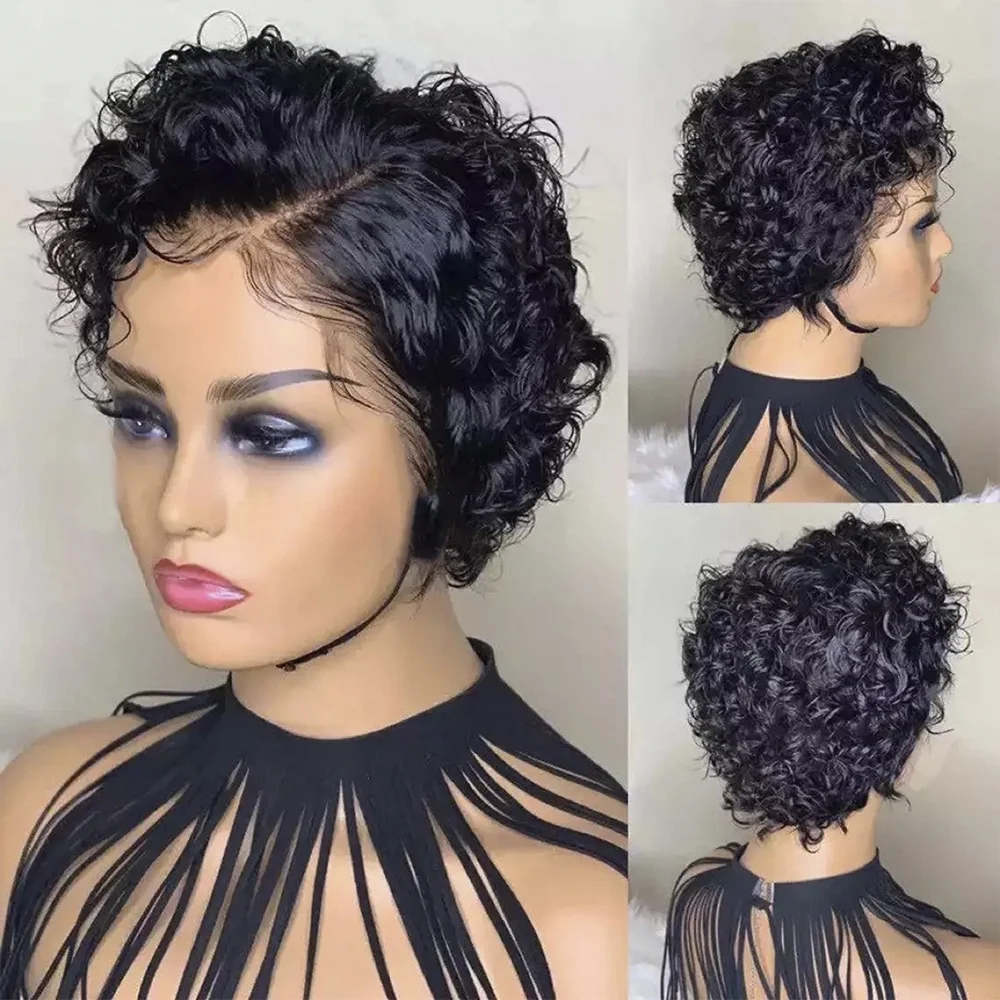
Conclusion
In conclusion, mastering the art of trimming curly hair can truly transform your styling routine and boost your confidence. As you’ve learned throughout this guide, understanding the unique characteristics of curly hair is essential. By using the right techniques, such as cutting in dry conditions and following the natural curl pattern, you can ensure your curls remain vibrant and bouncy.
Moreover, transitioning from standard trimming methods to techniques specifically tailored for curls is key. Embracing the curly cut approach allows you to add shape and volume while minimizing frizz. After all, curly hair requires a bit more attention and care compared to straight strands.
Additionally, don’t forget about the importance of using sharp, high-quality scissors. Dull tools can lead to uneven cuts and damaged ends, which is the last thing you want for your beautiful curls. Regularly checking and honing your tools can make a significant difference in your results.
Ultimately, practice makes perfect. Don’t hesitate to experiment with different styles and lengths until you find what flatters your face shape and showcases your curls best. With time and patience, you’ll develop a personalized trimming routine that suits your specific hair type.
Lastly, if you’re ever unsure, consulting a professional stylist who specializes in curly hair can provide invaluable insights and tips. Remember, your curls are a unique part of who you are, so celebrate them! By taking the time to properly trim and maintain your curls, you’ll not only enhance their beauty but also enjoy every moment flaunting your fabulous hair.

